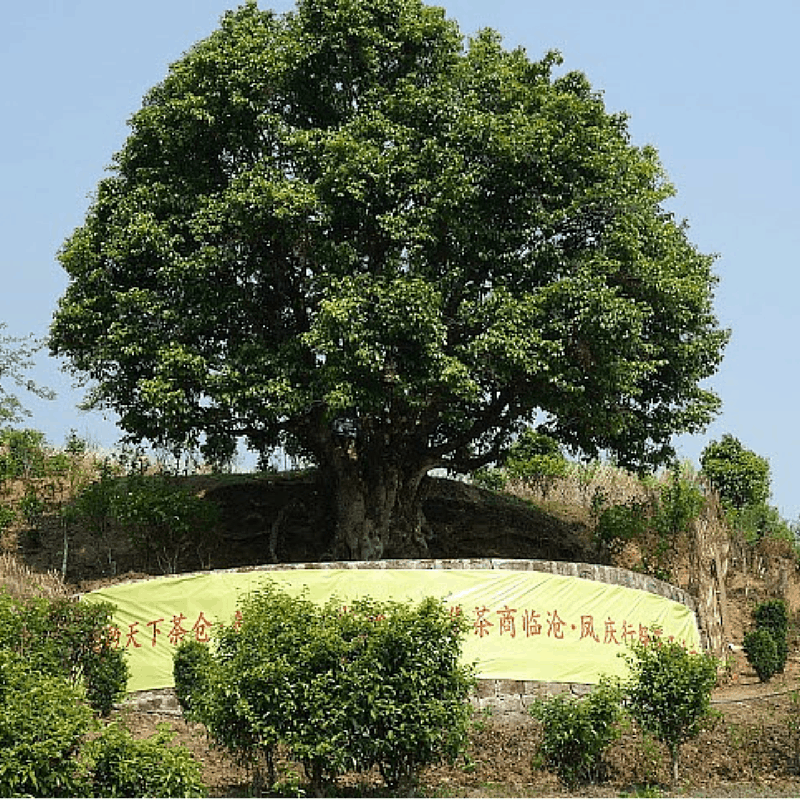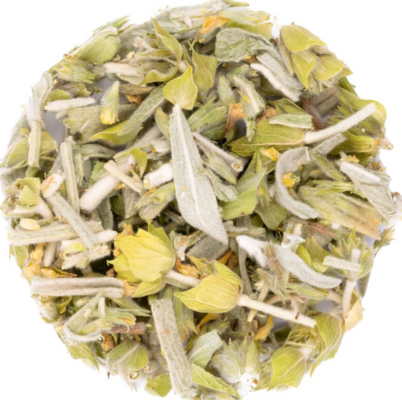In the most South-Western part of China, the mountainous Yunnan province bordering Myanmar and Laos, there are wild tea trees (Camellia Taliensis) that have stood there for thousands of years. As early as the Han dynasty (206 BCE – 220 CE) these trees, or more specifically their leaves, have been used to make special varieties of black tea and to this day Yunnan remains one of the most important tea producing regions.
The region of Yunnan, argued to be the birthplace of tea, proved particularly suitable for the growth of tea trees because of its geographical characteristics; while the climate is generally mild and humid, and rain falls regularly, the landscape ranges from snow-capped mountains in the North to subtropical low-altitudes in the South-East. Tea leaves harvested from the wild tea trees that grow here contain several benefits. Having lived for hundreds, if not thousands of years, these ancient trees have soaked up as many minerals and nutrients from its rich soil, adding the complexity and uniqueness of its flavor. Also, these trees have not been subjected to pesticides, artificial fertilizers or anything of that kind. The oldest tree still standing is the Jinxiu Tea Tree, said to be over 3200 years old.

Although there are a wide variety of products produced out of the leaves of these ancient tea trees there are two types of teas that stick out. First there is Pu-erh tea (named after the town which bears its name), a gradually fermented dark tea. Pu-erh is cultivated all over Yunnan and other provinces in China, however the Pu-erh tea made from wild trees is said to have a deeper and more complex taste, a “minty” flavor imbued by the many camphor trees that grow in the area. The second is Dain Hong tea, a modern tea cultivated in the 20th century, a black tea made out of a large amount of fine lead buds, or “golden tips,” that grow high in the mountains of Yunnan.
Sadly, over the last decades the number of ancient tea trees still in existence has been on a steady decline. To keep up with demand, and the ever-evolving production processes, many of the tea trees have been cut in half to allow it to sprout more branches and leaves in an effort to yield bigger harvests. However, this practice obviously isn’t in the best interest of the tree itself, leading to the decay and ultimately the death of many of these ancient trees.



